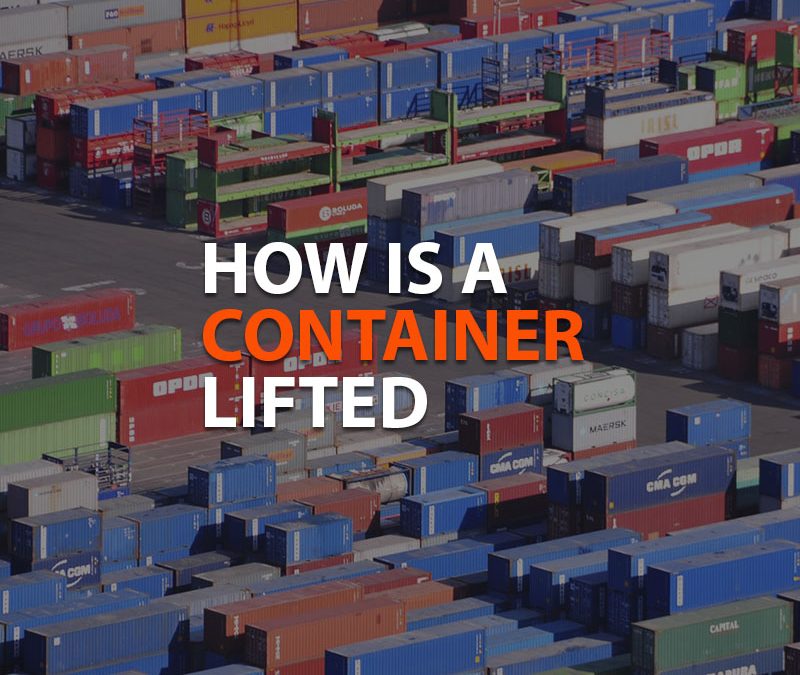Containerisation has brought innumerable benefits as regards optimising processes in the global logistics chain, but there are times within that chain of processes at which container handling is not as simple as it seems and can cause both operational and safety headaches.
A typical example is when containers are lifted before being loaded onto a lorry or unloaded and emptied onto the ground when they reach their destination. There is an ISO standard for this: ISO-3874.
There are two main scenarios that determine which method should be used to lift a container: empty or loaded container lifting. Choosing the correct tool to handle this load is essential to prevent accidents in container terminals and ships.
Lift an empty container
1.- If the container is empty, we can raise it in as many as 4 different ways:
– From the Upper Corners
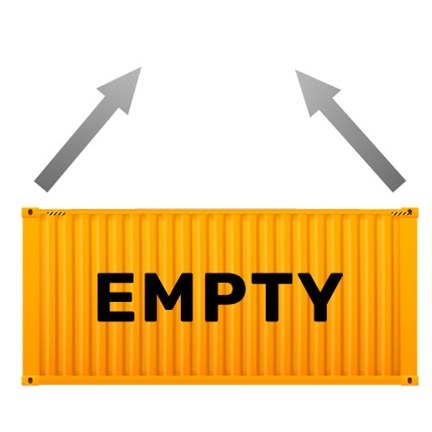
– Direct shot using chains and a vertical lifting hammer GE-11 in each.
– Oblique shot: from an upper hook, using chains and a GE-11 vertical lifting hammer in each.
– Using a BA-350-type spreader
– From the bottom corners
– Using a BA-008EC-type Rocker together with the GE-34C side hammers
– Using other lifting means such as forklifts that can be adapted to the width of the tunnels located at the base of some containers and ECH (Empty Container Handlers) that use the upper corners from one of the wide sides of the container
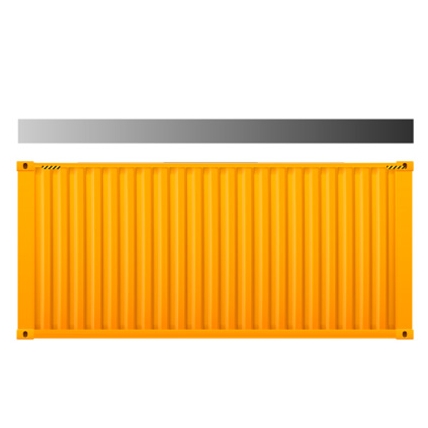
Lift a loaded container
2.- If the container is full, the operation is complex and the lifting options are reduced. Therefore, we can only do it safely in three different ways
– From the lower corners using a BA-008EC-type Rocker together with the GE-34C side hammers
– From the upper corners using a BA-350 Spreader– From the upper corners directly using chains and a GE-11 vertical lifting hammer on each.
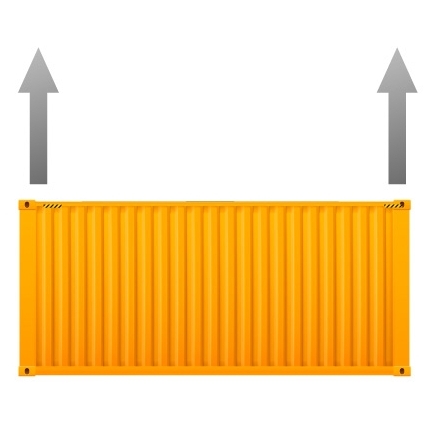
Important notes to keep in mind:
– A loaded container must NEVER be lifted from the upper corners at an angle.
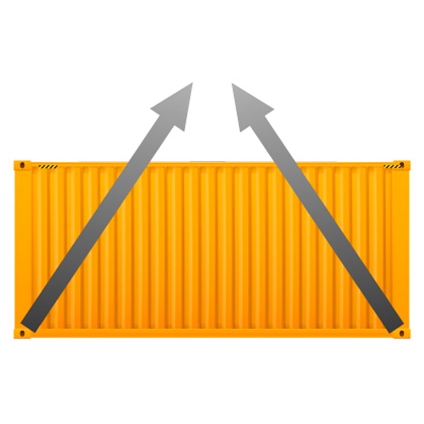
– A dolly must NEVER be used to lift or transport full containers unless the lorry’s working load allows or it is used in conjunction with a BA-012G–type spreader.

